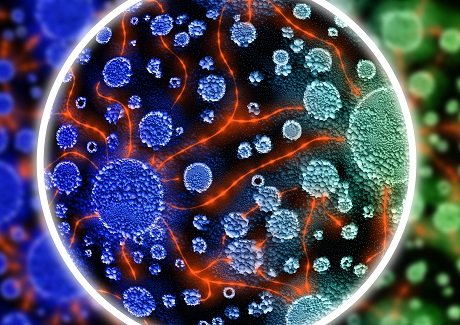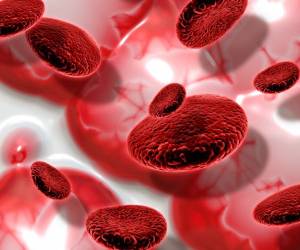Nano-biosensors and help identify radiation and bio-toxins (PhD in nano-microelectronics)
Researcher and author: Dr. ( Afshin Rashid)
Note: In the military and national security sectors, there is a need for highly sensitive sensors that can be widely distributed to detect radiation and bio-toxins. In the medical field, very sensitive sensors are needed in the form of laboratories on the chip that can detect the slightest signs of cancer. In the aerospace industry, there is a need for nanosensors that are placed in the fuselage of aircraft as a fixed warning system and determine when the aircraft needs repairs . Dad.
Sensors in nanoelectronics can be used as sensors - especially gas sensors - by changing the magnitude and increasing the performance and application of nanostructures due to their high surface to volume ratio and high surface activity. Nanosensors, meanwhile, are more detectable than other types of electronic nanostructures due to their high surface penetration and low density. Single-walled and multi-walled carbon nanotubes have a wide range of applications due to their unique mechanical and electronic properties, including their use as highly accurate sensors for detecting materials at very low concentrations and at high speeds . .
In general, the use of nanotubes in sensors can be divided into two categories:
1. (carbon nanotubes as chemical sensors: These sensors can at room temperature, concentrations of very small gas molecules with high sensitivity to detect. Chemical sensors include an array of nanotubes, single-walled and can be chemicals such as nitrogen dioxide and Detect Ammonia The electrical conductivity of a single-walled semiconductor nanotube placed in the vicinity of 011ppm of nitrogen dioxide can be tripled in a matter of seconds, and the conductivity will be doubled for just 0% ammonia added. Sensors made of single-walled nanotubes are highly sensitive and react rapidly at room temperature at the same time, and these properties have important results in diagnostic applications.
2. Carbon nanotubes as mechanical sensors: When a nanotube is moved up or down by an object, its electrical conductivity changes. This change in electrical conductivity is perfectly proportional to the mechanical deformation of the nanotube.
Function and application of nanosensors (environmental_medicine)
Nanosensors In the accurate measurement of parameters at a very small nanoscale, such as physical changes or the presence of chemical species, requires the use of nanoscale sensors. Nanosensors use nanoscale sensor elements that the sensitivity of this type of nanomaterial is high enough. Also, materials made of nanosensors should have high durability and strength and good electrical properties. In general, the important features of nanosensors are higher selectivity, higher sensitivity, smaller dimensions and cheaper price. Nano-sensors are inherently smaller and more sensitive than other sensors and, as we have said, have the capacity to cost less than the cost of sensors on the market.
Conclusion :
In the military and national security sectors, there is a need for highly sensitive sensors that can be widely distributed to detect radiation and bio-toxins. In the medical field, very sensitive sensors are needed in the form of laboratories on the chip that can detect the slightest signs of cancer. In the aerospace industry, there is a need for nanosensors that are placed in the fuselage of aircraft as a fixed warning system and determine when the aircraft needs repairs . Use the contract.
Researcher and author: Dr. ( Afshin Rashid)
PhD in Nano-Microelectronics




